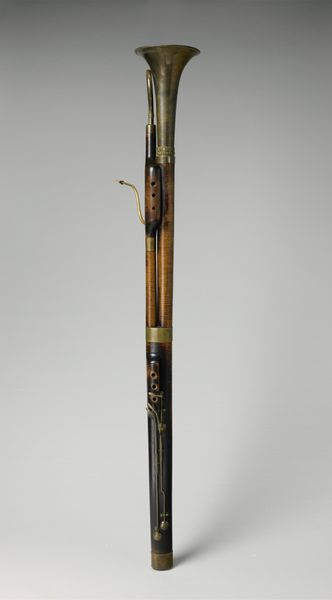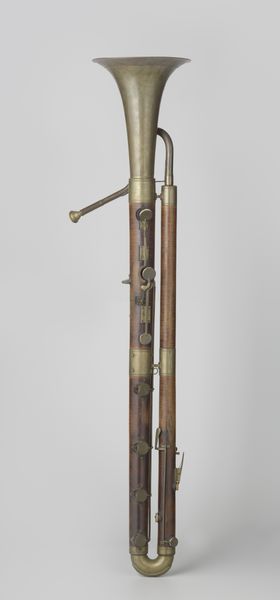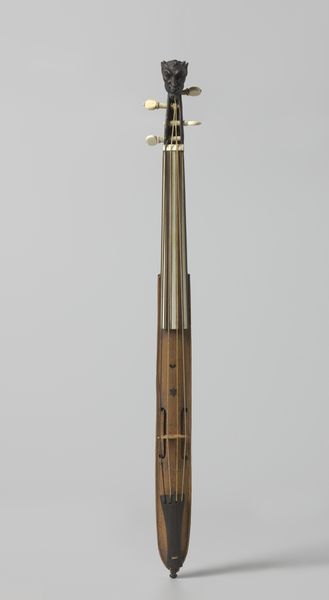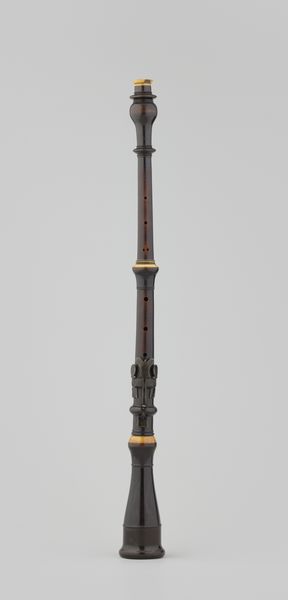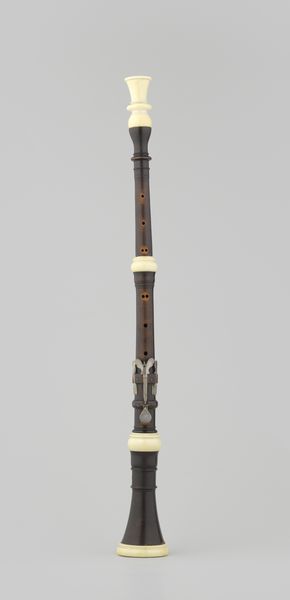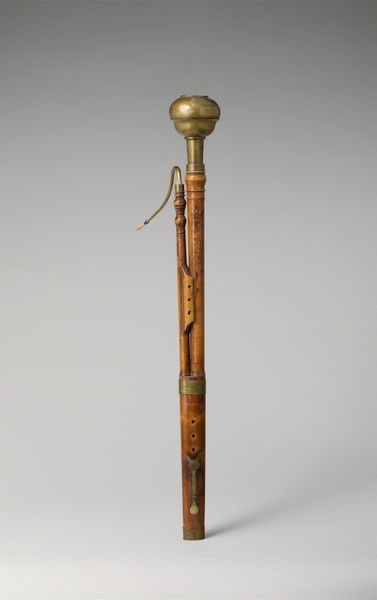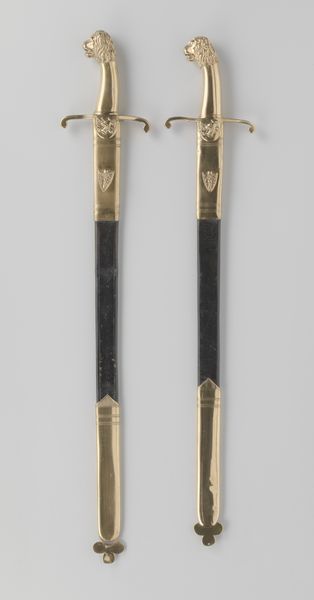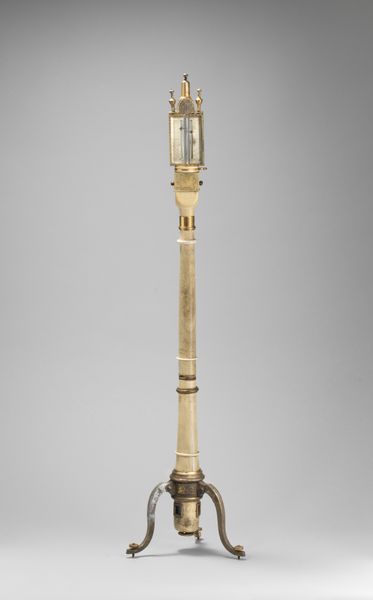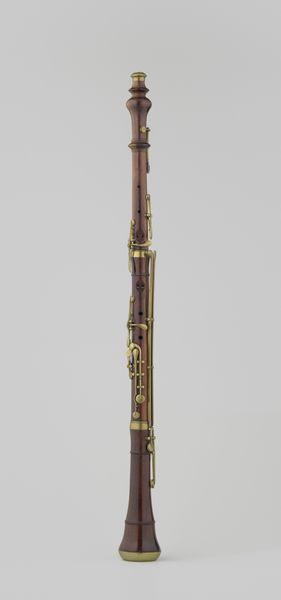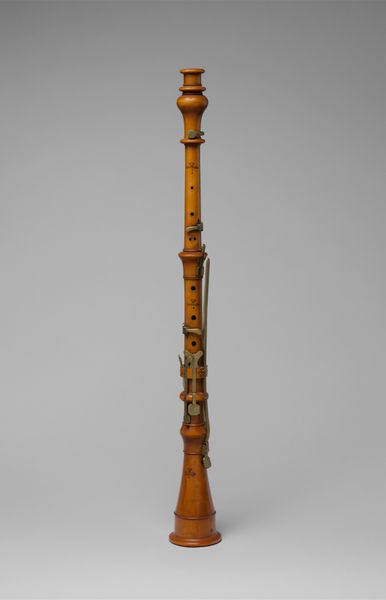
carving, metal, wood
#
portrait
#
carving
#
baroque
#
dutch-golden-age
#
metal
#
wood
#
decorative-art
Dimensions: height 55 cm, diameter cm
Copyright: Rijks Museum: Open Domain
This baluster, once part of a staircase balustrade for Amalia van Solms, was likely made sometime in the 17th century from wood, and decorated with lacquer and gold. The technique used to create the decorative surface involved multiple layers of lacquer, each carefully applied and polished to create a smooth, lustrous finish. The gold detailing would have been added by hand, using fine brushes and tools to create intricate patterns and designs. The artistry and labor involved in creating this baluster speaks to a time when craftsmanship was highly valued, and when even functional objects were seen as opportunities for artistic expression. Lacquer and gold were luxury materials, reflecting the wealth and status of the patron who commissioned it. Looking at this object, we can appreciate the skill and dedication of the artisans who brought it to life, and the cultural values that shaped its creation. It invites us to consider the relationship between art, craft, and society, and to recognize the importance of preserving and celebrating the material culture of the past.
Comments
No comments
Be the first to comment and join the conversation on the ultimate creative platform.
